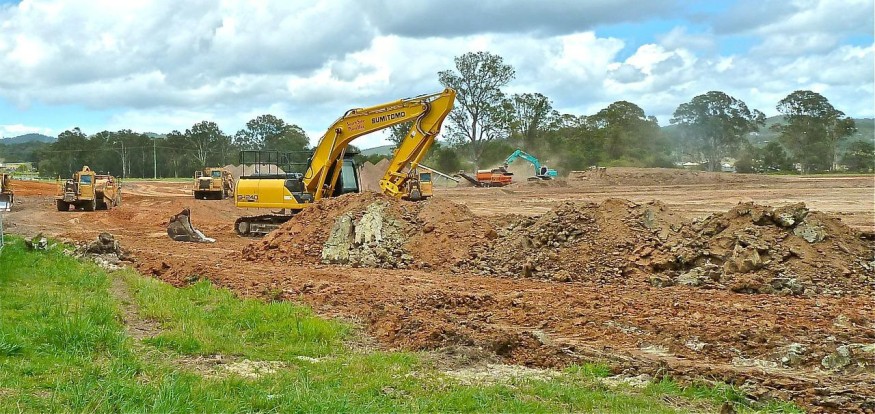
It will be interesting to see how land development progresses into the next decade. Most Industry Experts like Damon Becnel say many factors will dictate how things unfold, including politics, the economy, and technology. Nonetheless, here are some trends we can expect to see in land development in the coming years.
The Increasing Population Will Require More Land For Housing
One of the significant challenges facing the world today is the increasing population. According to the United Nations, the world population will reach 9.7 billion by 2050. This increase will strain resources and lead to a demand for more land for housing and other developments. The problem is compounded by the fact that much of the world's available land is already in use. To meet the needs of the growing population, it will be necessary to find ways to use land more efficiently.
Damon Becnel says one solution is to build higher-density housing. This would allow more people to live in a smaller area and free up land for other uses. Another solution is to use vacant or underutilized land for new developments. This would include brownfield sites, which are former industrial sites abandoned. By repurposing these sites, we can help meet the needs of the increasing population without encroaching on undeveloped land.
Changes In Technology Will Allow For New Types Of Construction And Development
In the past, land development was primarily limited by the technology available. Thanks to advances in construction techniques and materials, this is no longer the case. These new technologies have made building taller and more complex structures possible. They have also led to new types of buildings, such as green buildings designed to be more environmentally friendly. As these technologies continue to evolve, we can expect to see even more innovative and ambitious developments in the years to come.
Regulations On Land Use And Zoning Will Continue To Change
The way we use land is governed by a complex web of laws and regulations. These laws and regulations constantly change in response to political, economic, and social changes. For example, the rise of the environmental movement has led to stricter rules on land use in many parts of the world. As a result, developers must now consider environmental factors when planning new projects. We can expect this trend to continue in the next decade as we become more aware of our development's impact on the planet.
There Will Be A Rise In The Demand For Green Spaces And Sustainable Development
There is an increasing awareness of green spaces and sustainable development. This is reflected in the direction that land development is taking, focusing on creating environmentally responsible places and providing opportunities for people to connect with nature. The demand for green spaces is driven by several factors, including the need for people to live in healthy and efficient buildings, the desire to reduce our impact on the environment, and the need to create opportunities for recreation and relaxation.
Green spaces play an essential role in sustainable development by providing places for people to enjoy the outdoors, helping to clean the air and water, and creating habitats for wildlife. They also help mitigate the effects of climate change by absorbing carbon dioxide and providing shade. As the world becomes increasingly urbanized, the demand for green spaces is likely to grow.
The Market For Luxury Real Estate Is Expected To Grow
The luxury real estate market is expected to grow in the next decade. This growth will be driven by many factors, including the increasing wealth of individuals and families, the desire for more exclusive and private living spaces, and the need for safe investment opportunities. The rise in luxury real estate development is also being fueled by changes in technology that make it possible to build taller and more luxurious buildings.
Developers Will Focus On Creating Mixed-Use Communities That Offer A Variety Of Amenities
There is a trend toward creating mixed-use communities that offer a variety of amenities. These communities are designed to provide residents with everything they need within walking distance. This includes grocery stores, restaurants, parks, schools, and other services. This development is becoming increasingly popular as people seek to reduce their reliance on cars and live in more sustainable communities.
Damon Becnel says mixed-use developments offer several advantages for both developers and residents. Due to the increased density, they are often more profitable than single-use developments. They also tend to be more resilient to economic downturns because they provide a diversity of uses. And they create lively and vibrant places that people enjoy living in.
Final Thoughts
The next decade will bring many changes to the world of land development. We can expect to see an increase in the population, new technologies that change the way we build, and a shift towards sustainable development. These changes will present both challenges and opportunities for developers. Those who can adapt and innovate will be well-positioned to succeed in this ever-changing industry.
© 2025 Realty Today All rights reserved. Do not reproduce without permission.



